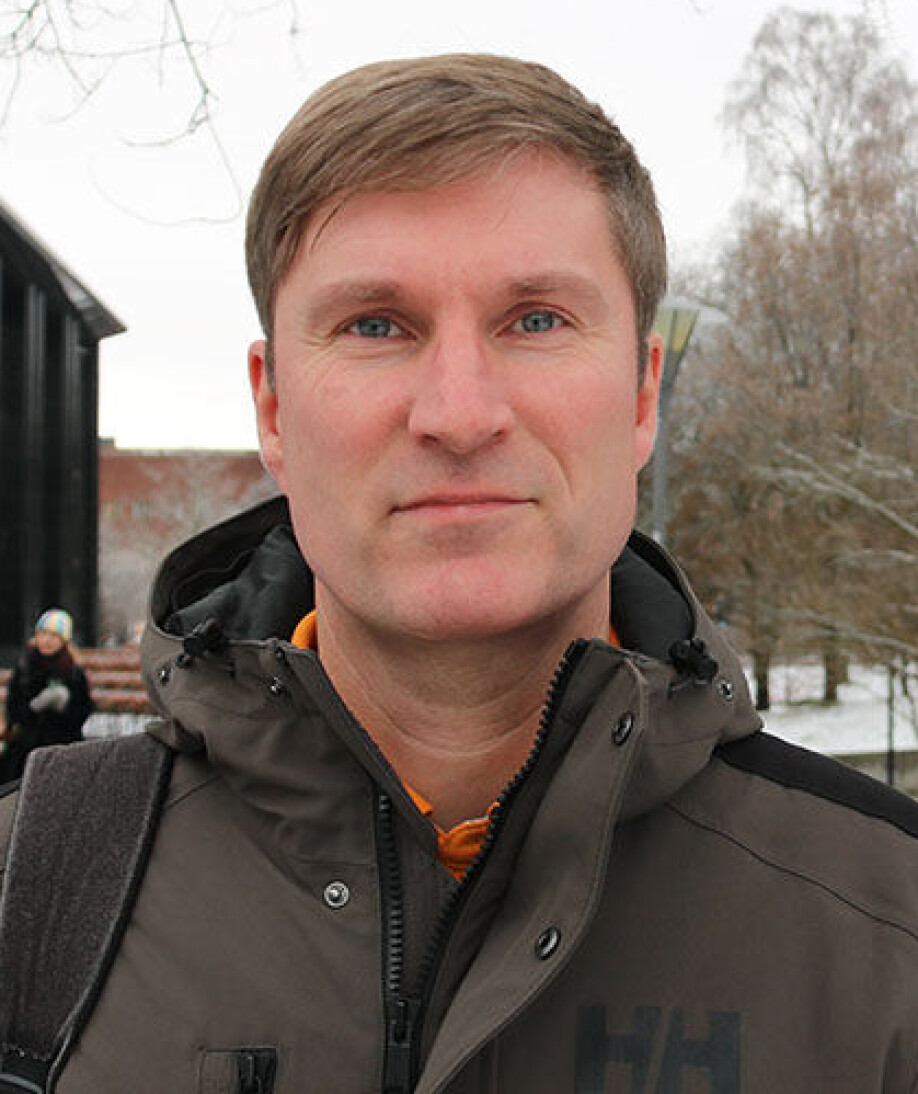THIS ARTICLE/PRESS RELEASE IS PAID FOR AND PRESENTED BY University of Oslo - read more

Scandinavian designers wanted to take environmental action 50 years ago – deeply fascinating and deeply concerning
According to Professor Kjetil Fallan, design is an inevitable part of the environmental problem, but also part of the solution.
“Many people view design as an unequivocal good – almost like a magic dust that gives products a pleasing shape, colour or profitability. But design is not exclusively positive. The majority of design work is also associated with negative environmental impact,” Kjetil Fallan says.
He is a professor of Design History at the University of Oslo.
Disposable cups with plastic lids are one example, another is international tourism based on cheap flights. Both of these are design solutions that contribute to everything from resource waste to an increased carbon footprint.
“The environment and design are closely linked. Design is an inevitable part of the environmental problem, but also part of the solution. We need design expertise in order to create better and more sustainable solutions in the future,” Fallan says.

History can help us find solutions
In the book Ecological by Design: A History from Scandinavia, he addresses the topic of the environment through the narrative of Scandinavian eco-design.
The goal, according to Fallan, is for history to provide us with useful insights that can help solve the climate crisis.
“We need to know, understand and deal with history. We can use the knowledge to create sustainable designs that cause less damage and aid the green transition,” he explains.
Replaced teak with pine
Fallan’s research shows how Scandinavian designers started to question consumerism in the 1960s and 1970s. They saw - and reacted to - the dark aspects of design objects being created, used, discarded and continuously replaced.
In line with the emergence of the environmental movement, a number of Scandinavian designers attempted to incorporate environmental ethics into the commercial, consumer-driven design culture.
Design needed to take nature into account.
“One example is the Norwegian furniture industry, which realised in the 1960s just how absurd it was to create furniture from exotic woods like teak and mahogany taken from the other side of the world,” he says.
Designers and manufacturers understood that they should be creating furniture from pine and other local woods instead. And they did, thereby significantly changing the Scandinavian furniture industry.
“The motive was largely based on the idea of preserving the environment and showing consideration for nature,” Fallan adds.

We need to take action now
Fallan’s research also shows that much of what the environmentally conscious designers were concerned about 50 years ago, such as overconsumption, mass production and a use and discard mentality, are exactly the same as our current concerns.
“It is both deeply fascinating and deeply concerning, as it means that we have not really progressed much in all these years. In light of this, I also believe that it is particularly important that we highlight history so that we realise that we need to take action now,” he says. “If we do not succeed in creating a better relationship between ecology and design, the same negative spiral will continue.”
Calls for more local production
Again, the Professor references the Norwegian furniture industry in his example: A few decades ago, furniture factories could be found dotted all around the coast. This created economic growth, jobs and social growth in local communities.
Today, there are barely any left. Furniture is produced in countries with cheap labour and transported to consumers on oil-guzzling ships and planes.
“I think it would be beneficial for local production to be reintroduced. This could lead to an industry-specific variant of the concept of locally sourced food,” Fallan says.
He notes that transport is a major environmental issue.
“An item being made from plastic is one thing, but the fact that it has to be transported here from China in order for you to buy it before it is transported back to Asia when you throw it away is absolutely terrible from an environmental perspective. If we could move away from global factory and marketplace practices and return to a form of local design industry, emissions from ships and flights used for transport could be reduced drastically.”
The course is set by ecology and design
History has plenty of examples showing that if we leave it up to market forces, environmentally friendly solutions will fail. Fallan believes that this would also be the case with the proposal to reintroduce local production. In order to achieve this, some form of political governance from the authorities is needed, such as new customs and import rules.
“I am sure there are some problematic aspects, but what is clear is that something needs to change. We can learn from earlier practices that were less problematic from an ecological perspective than our current practices," Fallan says.
He notes that the relationship between ecology and design currently sets the course for where we are heading. This will also decide whether or not we will meet the two-degree target.
“In practice, it is about the big and small choices made in design solutions. Designers and the industry need to take responsibility, but we also need to have a conscious approach to what we buy," he says.
Reference:
Kjetil Fallan: Ecological by Design, A History from Scandinavia. The MIT Press, 2022. (Summary) ISBN: 9780262047135

This article/press release is paid for and presented by the University of Oslo
This content is created by the University of Oslo's communication staff, who use this platform to communicate science and share results from research with the public. The University of Oslo is one of more than 80 owners of ScienceNorway.no. Read more here.
See more content from the University of Oslo:
-
Queer opera singers: “I was too feminine, too ‘gay.’ I heard that on opera stages in both Asia and Europe”
-
Putin’s dream of the perfect family
-
How international standards are transforming the world
-
A researcher has listened to 480 versions of Hitler's favourite music. This is what he found
-
Researcher: "AI weakens our judgement"
-
New, worrying trend among incels, according to researcher




































